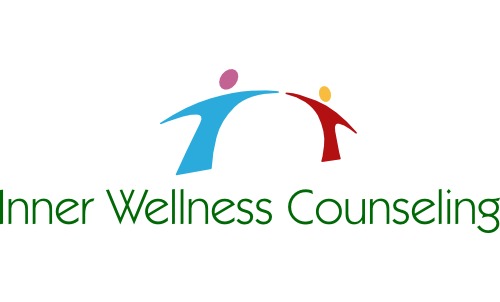If you are an adult reading this message in search for counseling to a dear teenager, chances are that your own adolescence was sprinkled with some considerable adversities. Teenage years are by nature a time of challenge with lots of drastic hormone changes, uncertainties, and important decisions to make that may impact the rest of teen’s life. Added to the fact that many teenagers are surrounded by family issues and social difficulties such as bullying and peer pressure in school, being an adolescent can become a difficult task.
Some of the common clues that the teenager might be experiencing psychological issues are: falling grades or changes in school performance, alcohol and drug abuse, excessive complaints about physical problems, dramatic and sudden changes in sleeping and eating patterns, inability to deal with daily activities or problems, skipping school, damaging others’ property, stealing, or defying authority, negative mood for a long period of time, excessive and intense worry about gaining weight, and frequent outbursts of annoyance or anger.
While many teenagers do have overall healthy behaviors, statisticians point to an alarming number of adolescents implicated in risky behaviors. Results from the 2011 Youth Risk Behavior Surveillance report involving students in grades 9–12 in 43 US states and 21 large urban school districts (including in Houston) is an example of such shocking numbers. Below is the summary of the report:
“Results from the 2011 national YRBS indicated that many high school students are engaged in priority health-risk behaviors associated with the leading causes of death among persons aged 10–24 years in the United States. During the 30 days before the survey, 32.8% of high school students nationwide had texted or e-mailed while driving, 38.7% had drunk alcohol, and 23.1% had used marijuana. During the 12 months before the survey, 32.8% of students had been in a physical fight, 20.1% had ever been bullied on school property, and 7.8% had attempted suicide. Many high school students nationwide are engaged in sexual risk behaviors associated with unintended pregnancies and STDs, including HIV infection. Nearly half (47.4%) of students had ever had sexual intercourse, 33.7% had had sexual intercourse during the 3 months before the survey (i.e., currently sexually active), and 15.3% had had sexual intercourse with four or more people during their life. Among currently sexually active students, 60.2% had used a condom during their last sexual intercourse. Results from the 2011 national YRBS also indicate many high school students are engaged in behaviors associated with the leading causes of death among adults aged ≥25 years in the United States. During the 30 days before the survey, 18.1% of high school students had smoked cigarettes and 7.7% had used smokeless tobacco. During the 7 days before the survey, 4.8% of high school students had not eaten fruit or drunk 100% fruit juices and 5.7% had not eaten vegetables. Nearly one-third (31.1%) had played video or computer games for 3 or more hours on an average school day.”
It does not take much to understand how important it is parental involvement in the lives of teenagers in order to help them make wise decisions. Counseling is not a must for many adolescents that due to a combination of positive resilient personal characteristics, parental support, and healthy social interactions that may happen in school and church; for others, however, counseling may be an important tool to repair behaviors established in childhood and adolescence and subsequently prevent the many negative consequences of lasting impact.
Cognitive behavior therapy is well suited for teenagers because they are usually inquisitive and in the process of searching for their own true self. This search includes the use of cognitive abilities that will affect impulsive behaviors typical of their age. Adolescence does not need to be a time that we would rather forget due to shame and bad memories. Teenage years can be fun with lots of discoveries, exercising attitudes that will benefit them many years to come in spite of what people do to them and life’s difficulties.
Eaton, D. K., Kann, L., Kinchen, S., Shanklin, S., Flint, K. H., Hawkins, J., & … Wechsler, H. (2012). Youth Risk Behavior Surveillance – United States, 2011. MMWR Surveillance Summaries, 61(4), 1-162.



